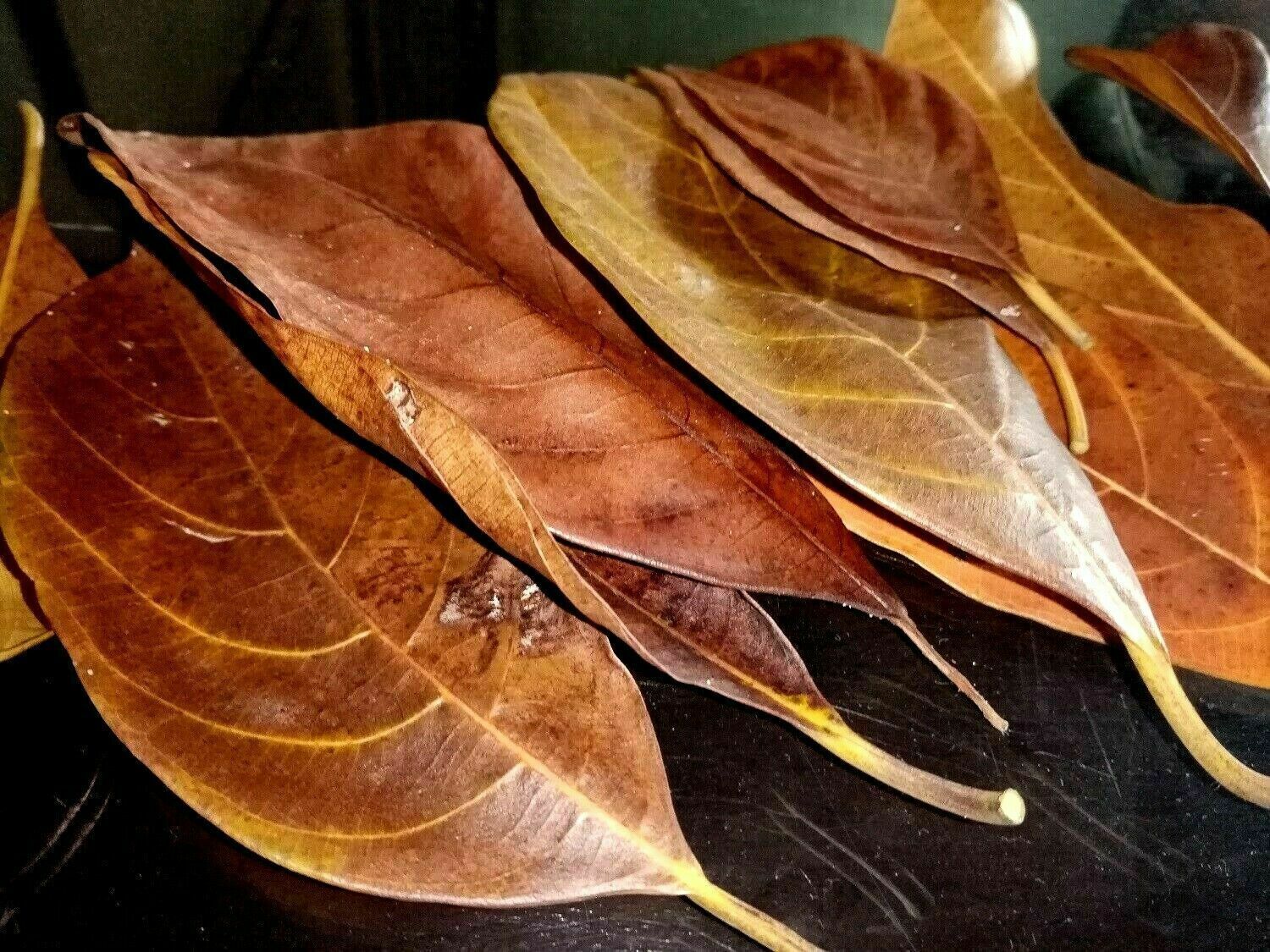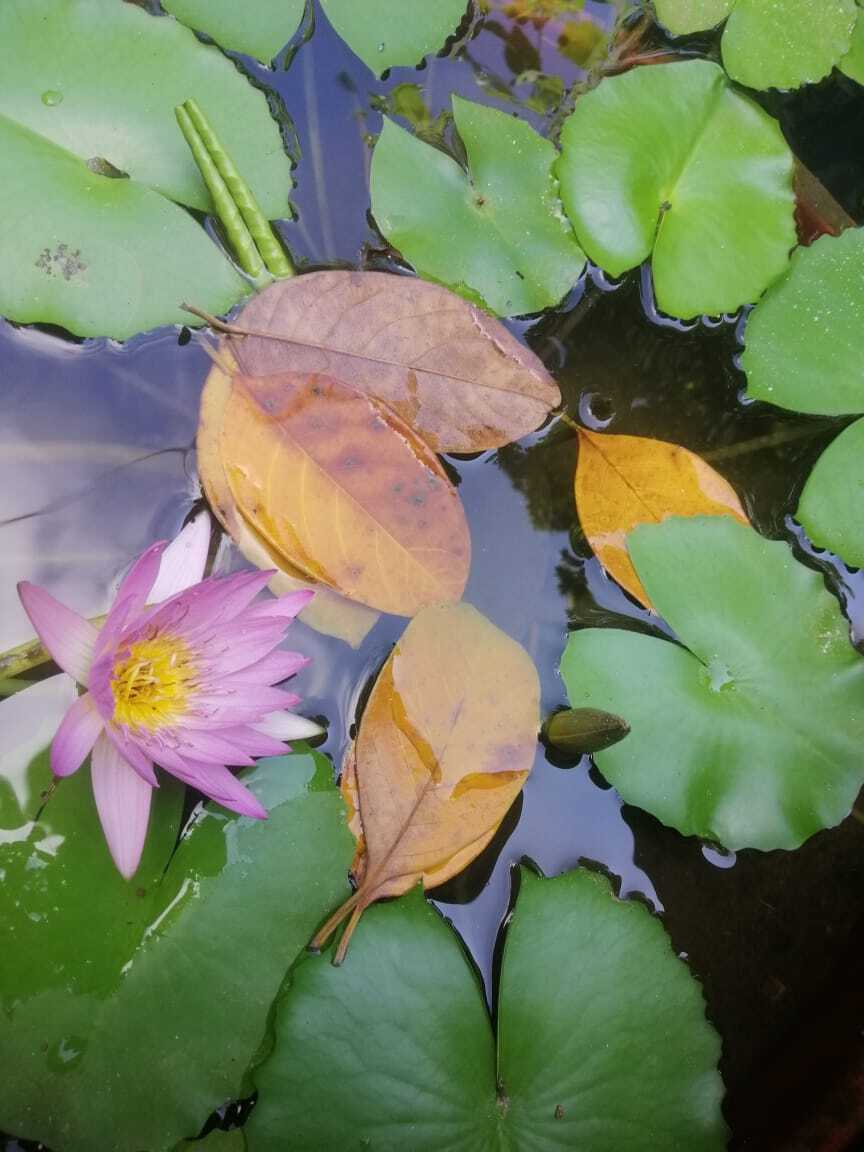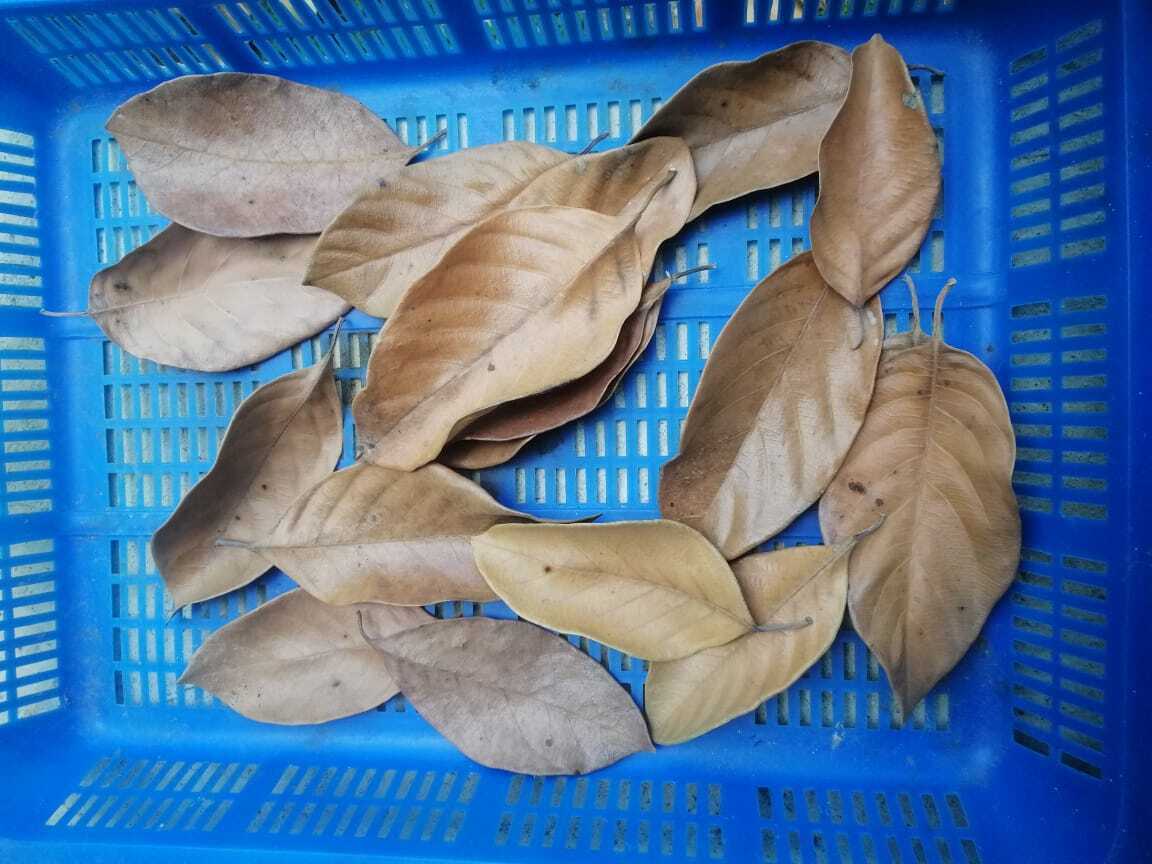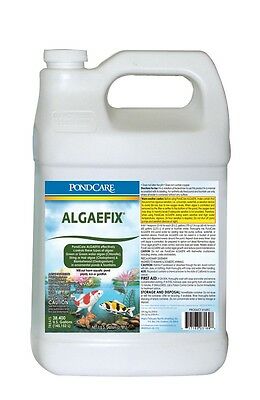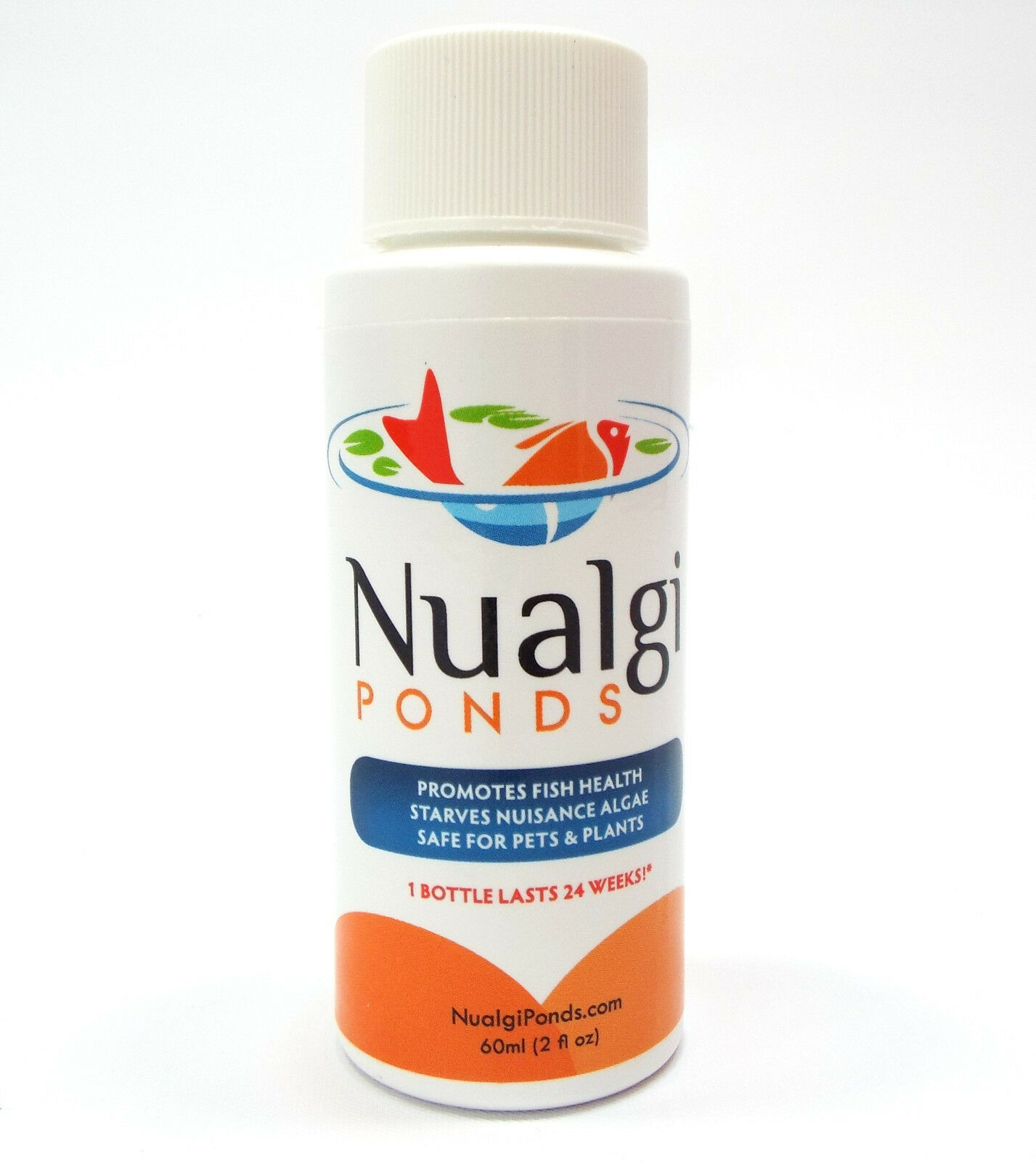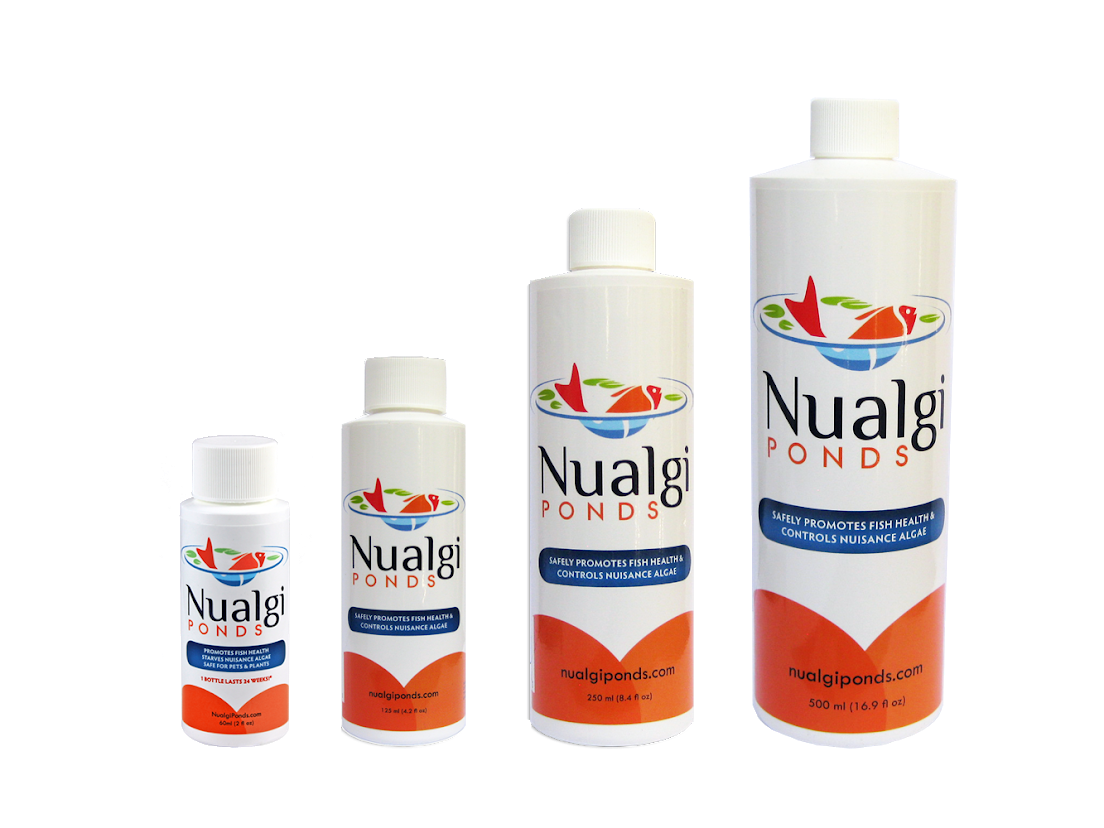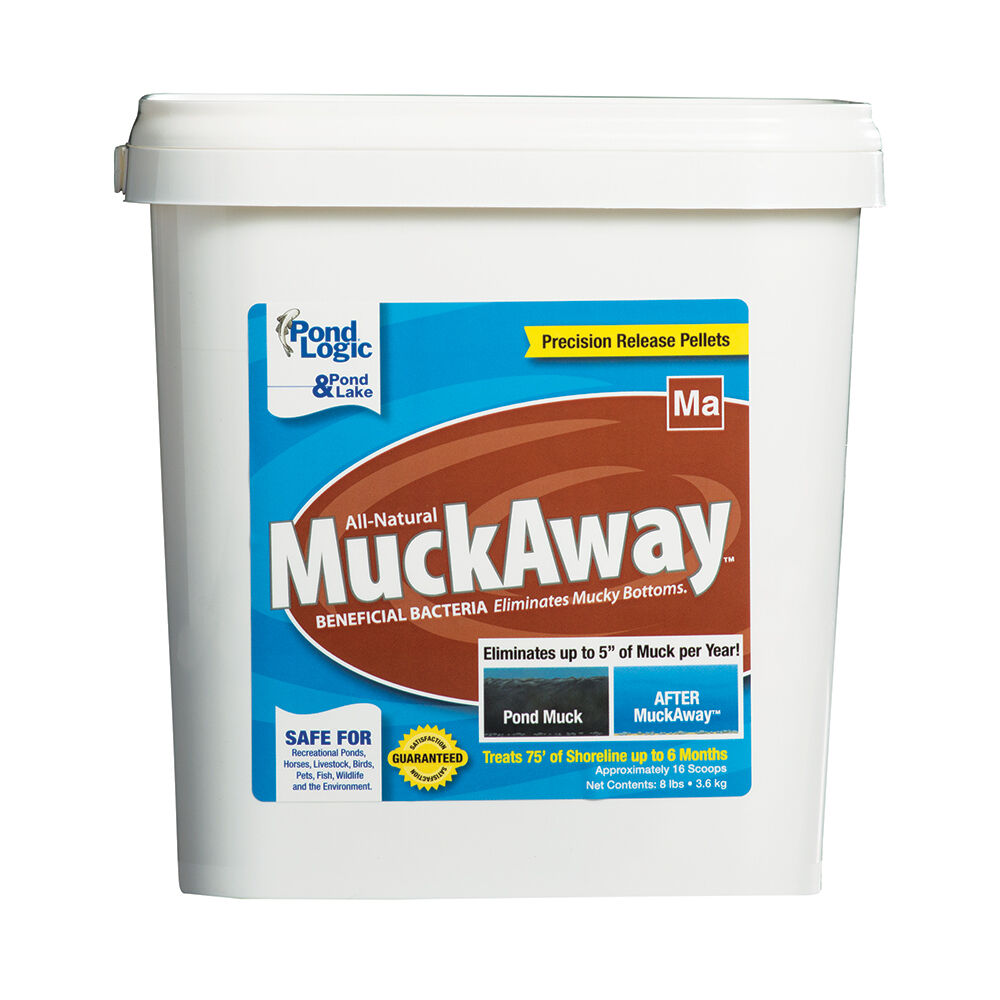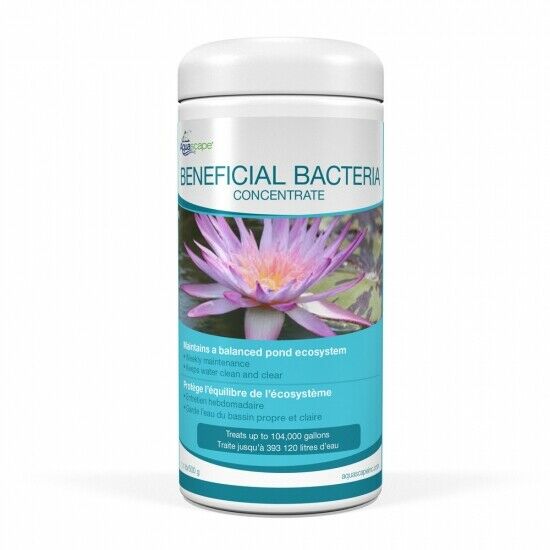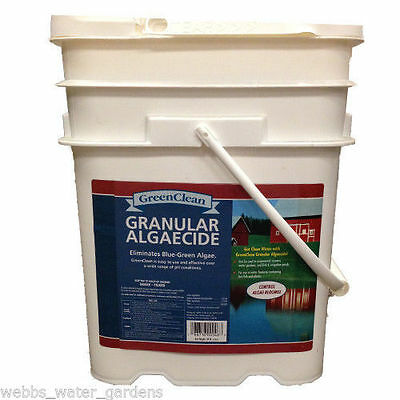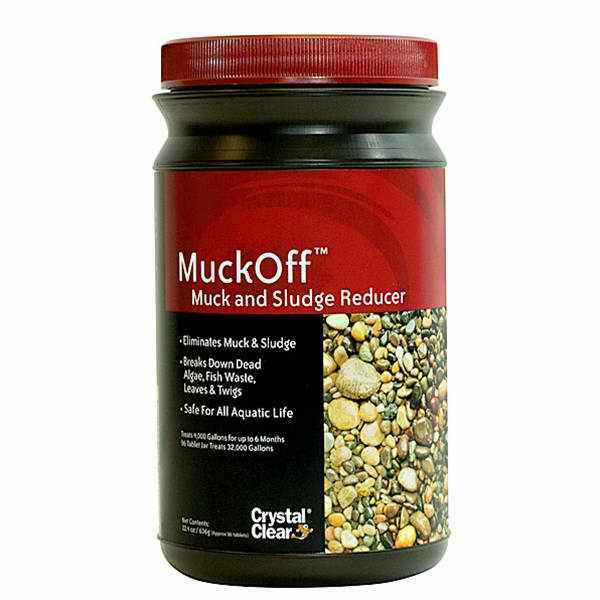-40%
natural ORGANIC 50pc Dried Jack Fruit leaves Bio Shrimp Aquarium water treatmet
$ 3.95
- Description
- Size Guide
Description
Jack Leaves for AquariaFish / Shrimp tanks
Usage of
Jack fruit
leaves in your Fish/ Shrimp tanks
·
Water Conditioner
·
Addition of Trace Minerals
·
Prevents fungus forming on the eggs of fish
·
Stimulates breeding
·
Natural Anti-Inflammatory
·
Prevents and Cures diseases in Fish
·
Free Food Source
·
Help to adjust the PH of the water
·
Natural Hiding Spot and play thing for Fishes
·
Induces breeding in Betta Fish
·
Reduces the risk of bacterial and fungal outbreaks
·
Provides biofilm grazing & natural House
Benefits of using Jack fruit leaves in your shrimp tank
Reduces the risk of bacterial and fungal outbreaks.
Provides great natural cover.
Provides biofilm grazing.
Stimulates breeding.
Relieves stress.
Mildly reduces pH.
These tropical botanicals make a great addition to any aquarium with shrimp or fish, young or old.
Killifish, Apistogramma, and other dwarf cichlids love them at 1 to 2 leaves per 10 gallons
of aquarium volume. Like most other leaves it is recommended to boil them for a couple minutes
to help them sink faster in the aquarium.
Notice:
Boiling the leaves and letting it cool down before putting into the tank are always recommended.
Please understand that colors may exist chromatic aberration as the different placement of pictures.
NOTE :
The real colour of the item may be slightly different from the pictures shown on the website caused by many factors such as the brightness of your monitor and light brightness.
Please allow slight manual measurement deviation for the data.
About shipping :
The items will be shipped to your ebay registered address, please make sure your “Ship to” address on ebay is correct.
All orders are shipped within 4 business days.
All the items will be packed carefully in good condition.
The arrival time depends on your location. This time may get longer due to special holidays and various clearances of the customs
department.
If you did not receive your package within the time schedule, please do not hesitate to contact us.
Return Policy :
We accept returns within 30 business days from item arrival.
If you are not satisfied with the item or its condition, please contact us first. We will try to solve any dispute and try our best to make
Our customers fully satisfied
Thank You.
* * * * * * *
Jack Leaves for Aquaria
Leaves may not be at the top of most hobbyists' lists of aquarium necessities, but our author demonstrates how they can provide significant benefits in many setups.
Decorating with Leaves
I have been using various species of dead leaves in my aquariums for several years. It all started with a large brown leaf I saw lying on the substrate of a dealer’s tank many years ago. I was curious about its purpose, and the shop’s staff told me that the fish exporter always packed a few of these leaves in the bags of some of the more sensitive fish. The only information they could provide was that the leaves contained medicinal properties that apparently helped the fish through importation.
My curiosity was piqued, and I was given a few of the leaves for free because they normally just got thrown out by the shop. I took them home and added the leaves to one of my tanks, where they gradually disappeared, and I never gave them a second thought.
Several years later I recognized the same distinctive leaves being sold on an Internet auction site as “Indian almond leaves,” and after reading the blurb I thought I would try a few to see if the now-extensive claims about the leaves having special properties were true. After early positive results and more research, I collected leaves from local woodlands to experiment with their usefulness for aquariums. After all, I had been using local tree roots as decorations for my aquariums, so why not their leaves?
I now make sure I have dead leaves in any aquarium I have featuring fish from blackwater habitats, such as my wild bettas, Apistogramma, Badis, wild angels, and Uaru fernandezyepezi, as well as with other species too, especially when they have fry.
A Local Resource
Having a full-time job as a countryside ranger, I visit many different habitats in the local area and have access to many different tree species—not all of which are native to Scotland. So far, I have used leaves from pedunculate oak Quercus robur, sessile oak Q. petraea, turkey oak Q. cerris, red oak Q. rubra, European beech Fagus sylvatica, hawthorn Crataegus monogyna, and Japanese maple Acer palmatum. The cones from European alder Alnus glutinosa have also proven to be worthy of addition. These trees are just a very small selection of what I could potentially try, and hopefully I will have positive results from other species in the future. Though I reside in Scotland, I recognize that this is an international magazine with readers worldwide. The local possibilities are legion. Regardless of where you are, there should be something of use to you nearby. Please extend some caution here before trying any old leaf, however, as there are poisonous species that should be avoided.
Why Leaves?
Chances are that some fish commonly associated with home aquariums, such as discus, would possibly never even encounter an aquatic plant in the wild. This is especially true of blackwater habitats, where the exceptionally acidic water makes the water mostly unsuitable for plants. There would be no lush green carpets, no stands of foliage, and certainly no sparkly clean water that any bottled-water company would be proud of.
Chances are that many of these fish are more likely to be up to their gills in leaf litter and brown-stained water. In fact, it has been said that many fish collectors will not even bother to get their nets wet if there is no leaf litter on the substrate when searching for certain species. The leaves make up a huge matrix of an aquatic habitat, and as many as several hundred Apistogramma specimens have been recorded per square meter of leaf litter.
Beneficial Effects
The crux of the matter really has to do with the tannins released from the leaves, which is not a new notion. Some companies have been selling blackwater extract rich in tannins for years for use with suitable fish.
Anti-Bacterial Agent
Adding dead leaves will have the resulting effect of releasing humic substances, and this will lower the pH of the aquarium water, act as an anti-bacterial and anti-fungal agent, and also lower the heavy metal content of the water. It is widely accepted that it acts as a spawning trigger and can aid in the recovery of any fish damaged through stress or fighting. From my own observations and with the backing of some scientific research by the likes of Dr. Christian Steinberg, it has been proven that there are many positive reasons why using humic substance releasers, such as dead leaves, are good for the aquarium fish we keep.
Don’t Add Too Much
One further point I’d like to stress is that a layer of leaf litter in the aquarium will start to give the water a weak yellowish-brown tinge, which is a good indication of just how much humic substance is in the water. It cannot be tested with an off-the-shelf test kit, so it really is best done by the eye. If the water starts to go brown, I usually decide that I have added too much humic substance and cut back a bit. Some people will actually have a spare bucket filled with water that they add a lot of leaves or alder cones for use as a concentrated solution. You can then remove water by the jarful and add this to the blackwater tank until it is the right color. You will find that blackwater fish will do much better and be less shy in tanks where the water has a tannin stain, and subdued lighting also helps.
A Supplement to Diet
I also had suspicions that dead leaves in the aquarium were actually acting as a food source for some fish, particularly for fry. I was able to witness that fry in tanks with leaf litter seemed to grow bigger and faster, and I could often see the young fish grazing on the leaves.
I had assumed that it was the leaves themselves that were being eaten, but while reading Culturing Live Foods (T.F.H. Publications, 2008), Mike Hellweg makes reference to using dead leaves from hardwood trees as a method of feeding larval fish. He explains that blackwater habitats are characterized by having large amounts of leaf litter and very low pH, and that there are relatively few planktonic animals on which young fish can prey upon. Some fish species get around this problem by excreting large amounts of slime from their bodies for the fish to eat (discus, uaru, etc.), and this can sustain the young fish for several weeks.
As dead leaves are broken down by bacterial and fungal action, they produce a slime, and it would seem that this is what the baby fish are feeding on. I have certainly had high survival rates from Loricaria fry when leaves were present. Lastly on this subject, the leaves also seem to kick start infusoria populations—again, perfect for feeding tiny fry.
Selections
It is important to carefully identify, collect, and prepare leaves. It also must be noted that you should only collect leaves that have fallen from the trees, not fresh, living ones. In autumn, deciduous trees begin shutting down for the winter and leaves that have worked as factories all through the spring and summer months producing sugars and oxygen gradually die off and fall to the ground. These are the leaves we want to collect because they have no living matter in them that could cause problems in the tank as it dies.
If you don’t know your tree species, then it might be worth getting a small pocket guide to trees so you can try and get the right species. It also makes sense to try collecting leaves in areas away from roads and any other sources of pollution. You should also avoid any that are overly dirty with mud or tainted with bird droppings.
Typically I fill several trash bags with leaves and take them home to dry them out. You might want to dry them out in the garage or a fish shed if you have one, as it is quite normal to have stowaway spiders and other mini beasts that you might not appreciate moving into your house. I collect enough leaves in the autumn to see me through to the next year, and I store them in a dry environment tied in large fish bags once they are properly dry.
Proper Usage
Leaves should not be boiled before use. While that will sterilize them, it will also boil off a lot of what is beneficial. I just add them to the aquarium in their dried-out state after their correct storage. The leaves will naturally float, but most will sink within 24 hours or so. There are no rules as to how much to add, so some trial and error is required. Much of this will be influenced by the species of leaf because some contain more tannins than others. For example, with beech leaves I could add a few inches and get only a slight staining of the water, but if you add more than four or five Indian almond leaves the water will look like tea!
You do not need to remove the leaves after a period of time because they gradually break down and can be simply replenished by adding more to the tank. Some leaves will last much longer than others: Indian almond leaves may only last a couple of months, whereas beech leaves may take more than half a year to break down.
In closing, while the traditional method of staining water—with peat—runs afoul of current environmental concerns about preserving peat bogs as valuable habitats, I have found the use of dead leaves to be environmentally friendly, cheap, interesting, and overall valuable in the keeping of any fish I have had that would naturally require soft, acidic, blackwater conditions. I recommend that you give them a try, perhaps starting with the easily obtainable Indian almond leaves and later to some local species.

